The reproduction process of kangaroos represents one of nature’s most fascinating evolutionary adaptations. Unlike most mammals, female kangaroos possess remarkable control over their reproductive timeline, allowing them to navigate Australia’s harsh and unpredictable environment with extraordinary efficiency. This reproductive flexibility, known as embryonic diapause or delayed implantation, enables female kangaroos to optimize their offspring’s survival chances through precise birth timing. This article explores the intricate mechanisms behind this reproductive marvel, highlighting how female kangaroos have evolved to become masters of their own reproductive destiny.
The Unique Reproductive System of Kangaroos

Kangaroos belong to the marsupial family, a distinct group of mammals characterized by their specialized reproductive strategies. Unlike placental mammals that develop their young internally until they reach relative maturity, kangaroos give birth to extremely underdeveloped offspring that continue their development externally in the mother’s pouch. This reproductive system includes three separate vaginas and two uteri, a configuration that allows for remarkable reproductive flexibility. The central vagina serves as the birth canal, while the lateral vaginas receive sperm during mating. This unique anatomical arrangement forms the foundation for the female’s ability to control birth timing through multiple reproductive mechanisms.
Embryonic Diapause: Nature’s Pause Button
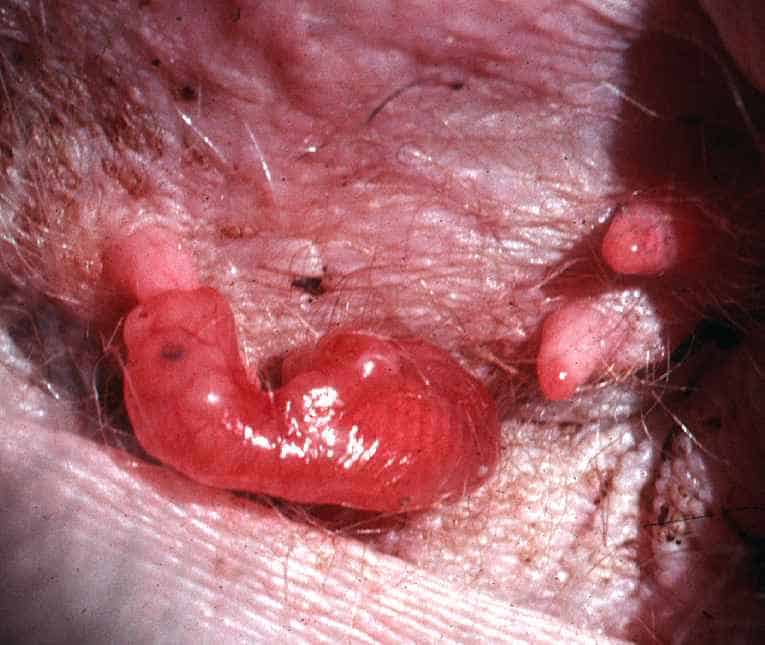
The cornerstone of the female kangaroo’s reproductive control is embryonic diapause, an evolutionary adaptation that allows her to pause pregnancy development. After fertilization, the embryo develops to the blastocyst stage—consisting of about 100 cells—and then enters a state of suspended animation. In this dormant state, the embryo’s development completely halts, yet it remains viable for extended periods, sometimes for over a year. This remarkable ability enables the female to carry a fertilized embryo in reserve without investing energy in its development until environmental conditions become favorable. Essentially, the female kangaroo possesses a biological “pause button” for reproduction that she can control based on external factors.
Environmental Triggers for Birth Timing
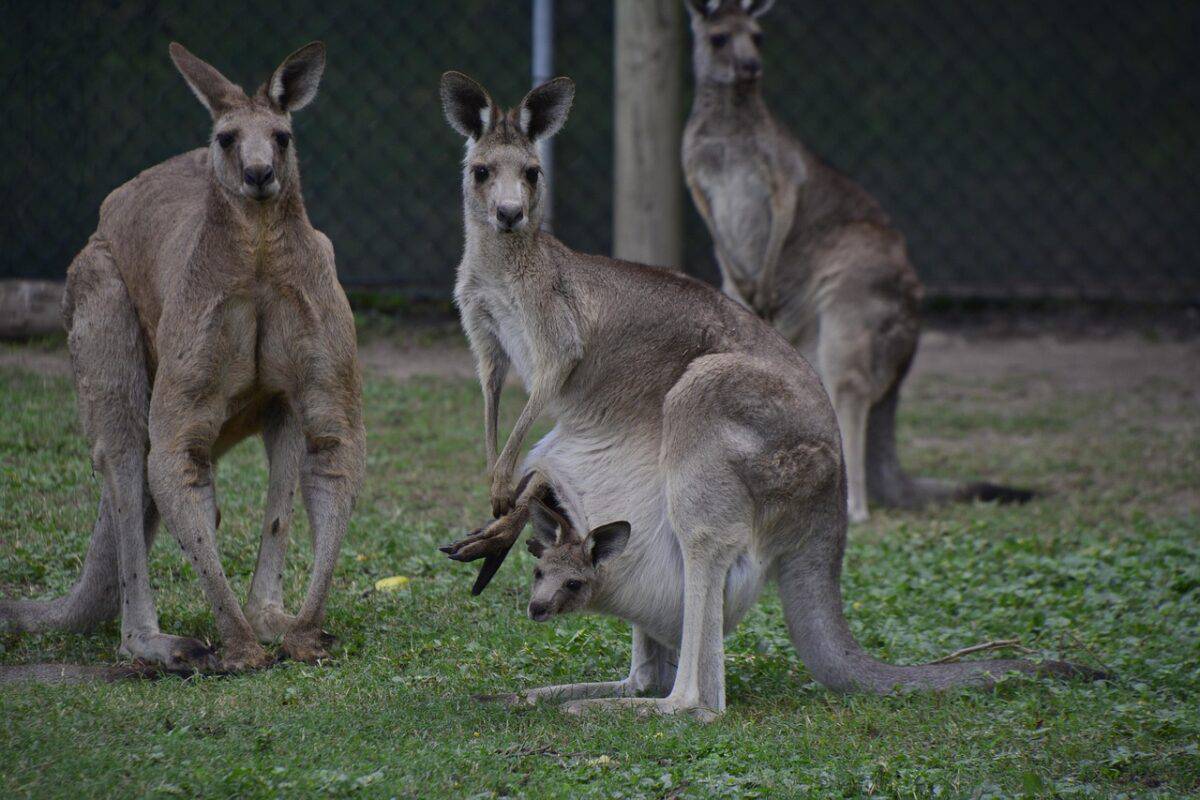
Female kangaroos align their reproduction with environmental conditions through sophisticated hormonal responses to external stimuli. Rainfall patterns particularly influence reproduction timing, as increased precipitation typically correlates with vegetation growth and improved food availability. Research has shown that even before visible plant growth appears, female kangaroos can detect subtle environmental changes that signal improving conditions. When resources become abundant, hormonal changes trigger the reactivation of the dormant embryo. This environmental responsiveness ensures joeys are born when the mother has access to adequate nutrition to support lactation, significantly increasing offspring survival rates in Australia’s unpredictable climate.
The Three-Phase Reproductive Cycle
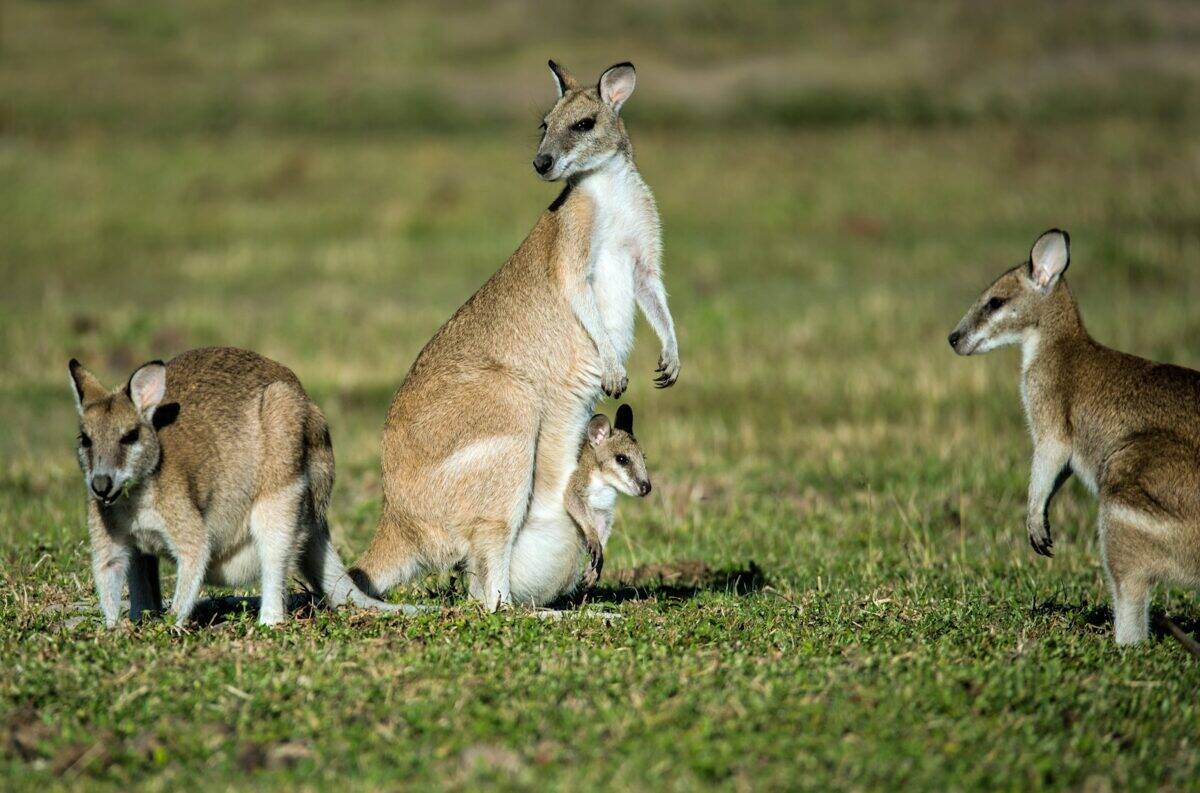
Female kangaroos maintain a remarkable reproductive efficiency through what scientists describe as a three-phase reproductive cycle. At any given time, a mature female may simultaneously: (1) nurse a developed joey that periodically leaves the pouch, (2) carry a younger joey permanently attached to a teat inside her pouch, and (3) maintain a dormant embryo in one of her uteri. This staggered approach to reproduction allows the female to continuously produce offspring while minimizing energy expenditure during harsh conditions. If environmental conditions deteriorate, she can halt development of the dormant embryo while continuing to care for existing young. This sophisticated system represents one of the most efficient reproductive strategies in the mammalian world.
The Role of Lactation in Birth Control
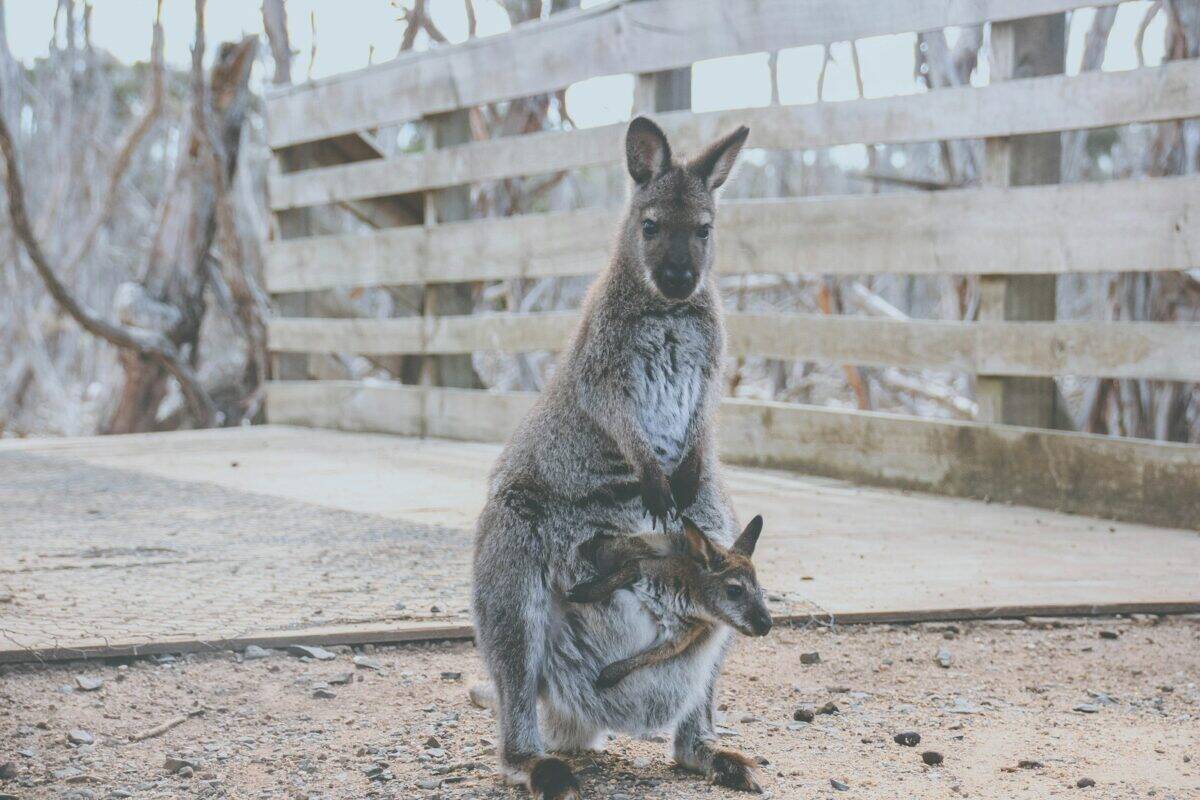
Lactation plays a crucial role in the female kangaroo’s reproductive control mechanism. The act of nursing a joey triggers hormonal changes that help maintain embryonic diapause in the dormant embryo. This lactational inhibition ensures the female doesn’t invest in developing a new embryo while still supporting an existing joey. Fascinatingly, female kangaroos can produce two different types of milk simultaneously from different teats—one formulated for a newborn joey and another for an older joey that occasionally leaves the pouch. When the pouch-bound joey begins to emerge and suckle less frequently, hormonal changes occur that can reactivate the dormant embryo, preparing for the next pregnancy cycle. This sophisticated lactational control adds another layer to the female’s ability to time births strategically.
The Birth Process and Pouch Migration
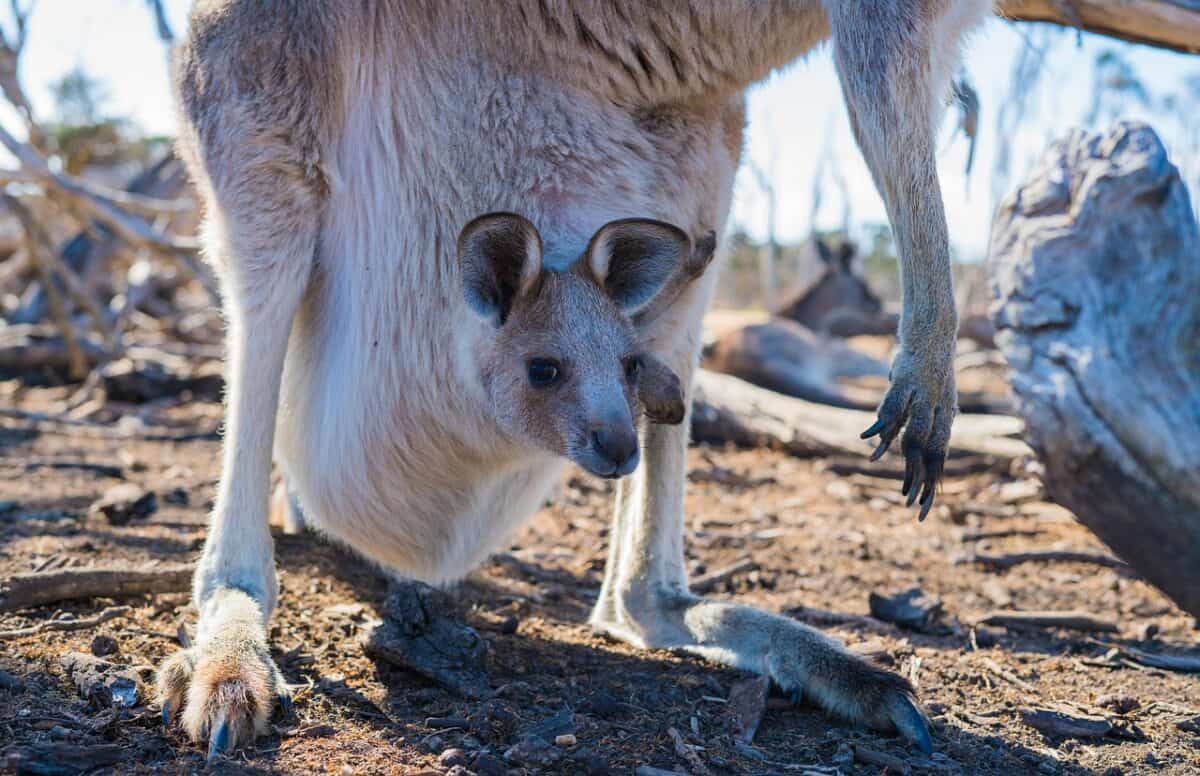
When conditions are right to activate a dormant embryo, the female kangaroo’s body initiates rapid development. After reactivation, the gestation period is remarkably short—typically 21-38 days depending on the species. The newborn joey emerges extremely underdeveloped, weighing less than one gram in larger species like the Red Kangaroo. Using its relatively well-developed forelimbs, the newborn instinctively crawls from the birth canal to the pouch, a perilous journey of about 10 centimeters. This climb represents one of the most remarkable feats in mammalian development, as the blind, hairless newborn navigates by smell and touch to find the safety of the mother’s pouch and attach to a teat. Once attached, the joey’s mouth fuses to the teat for several weeks as it continues its development.
Hormonal Control Mechanisms

The precise timing of embryonic activation involves complex hormonal interactions. Prolactin, produced during lactation, helps maintain diapause, while changes in estrogen and progesterone levels can trigger reactivation. Research has identified that decreasing prolactin levels, which coincide with reduced nursing of an existing joey, play a significant role in embryo reactivation. Additionally, environmental signals may influence melatonin production, which affects reproductive hormones. Growth factors and cytokines within the uterine environment also facilitate communication between the dormant embryo and the mother’s reproductive system. These intricate hormonal mechanisms allow the female kangaroo to precisely time embryonic development based on both her current reproductive status and environmental conditions.
Species Variations in Reproductive Control
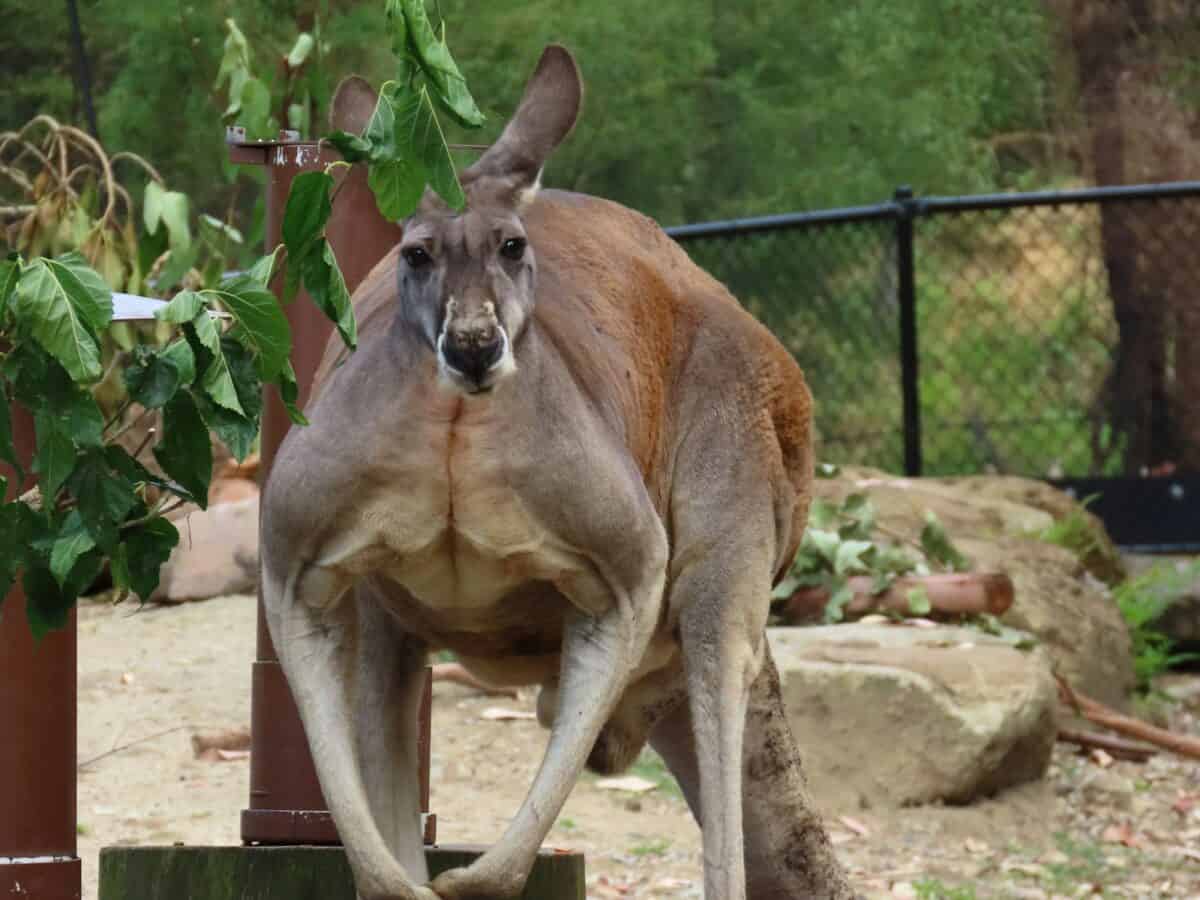
While embryonic diapause exists across kangaroo species, significant variations occur in how different species implement this reproductive strategy. The Red Kangaroo (Macropus rufus), adapted to arid environments, can maintain embryonic diapause for over a year and may reproduce year-round when conditions permit. In contrast, the Eastern Grey Kangaroo (Macropus giganteus), inhabiting more predictable environments, typically shows seasonal breeding patterns with shorter diapause periods. The Tammar Wallaby (Macropus eugenii), extensively studied for its reproductive biology, displays precise seasonal control with embryos typically reactivating after the summer solstice. These variations highlight how each species has fine-tuned its reproductive control to match its specific ecological niche within Australia’s diverse environments.
Evolutionary Advantages of Controlled Birth Timing
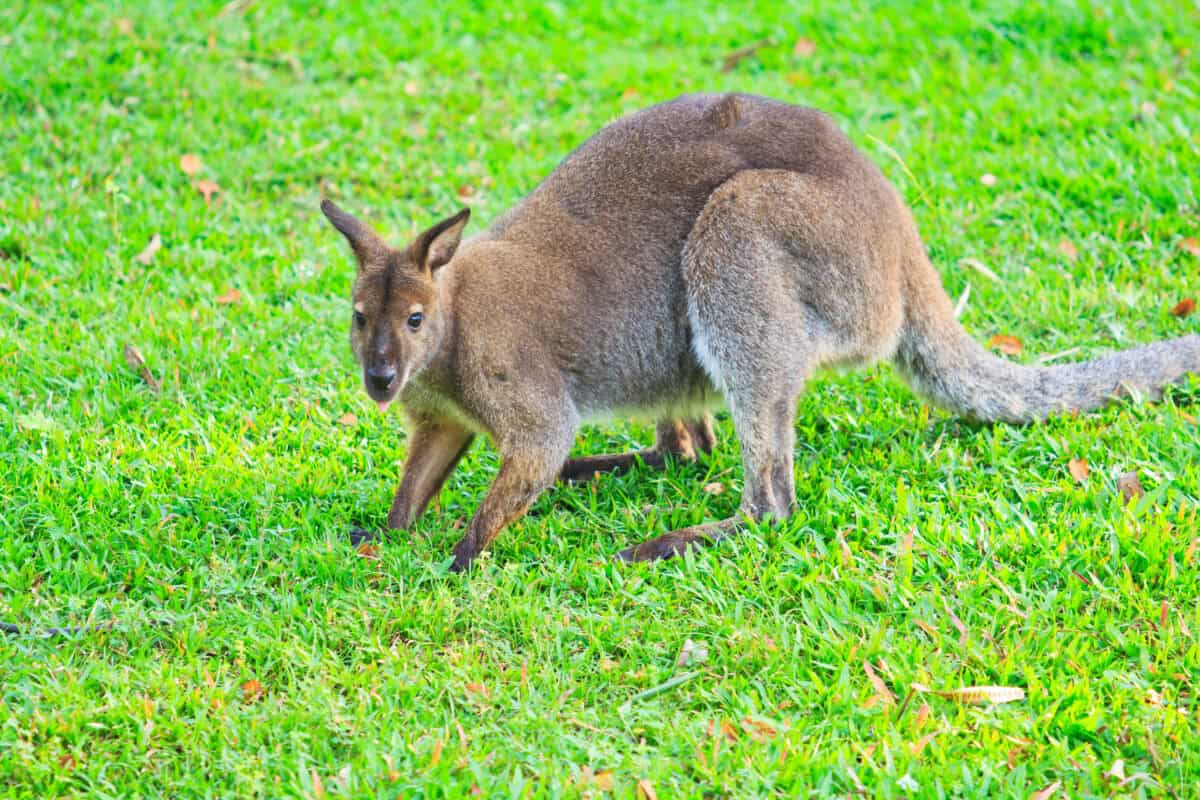
The female kangaroo’s ability to control birth timing provides significant evolutionary advantages in Australia’s harsh and unpredictable environment. This reproductive flexibility allows kangaroos to maintain continuous reproduction despite fluctuating resource availability. During drought conditions, females can suspend embryonic development while continuing to care for existing young, effectively “waiting out” harsh periods without abandoning reproductive efforts entirely. When favorable conditions return, they can rapidly resume reproduction without the delay of finding a mate and beginning the reproductive process anew. This strategy significantly increases lifetime reproductive success and has contributed to kangaroos’ remarkable resilience and success across the Australian continent, despite its challenging climate patterns.
Scientific Discoveries and Ongoing Research

Research into kangaroo reproduction has accelerated in recent decades, yielding remarkable insights into the mechanisms controlling embryonic diapause. Studies using molecular biology techniques have identified specific signaling pathways and gene expression changes associated with embryo activation and dormancy. Scientists have identified factors in the uterine fluid that change composition based on the female’s reproductive status, directly influencing embryonic development. Ongoing research continues to explore the precise environmental cues and molecular signals that coordinate this reproductive control. Understanding these mechanisms has broader implications beyond marsupial biology, potentially offering insights into human fertility challenges and conservation strategies for endangered marsupial species facing climate change threats.
Conservation Implications of Reproductive Control
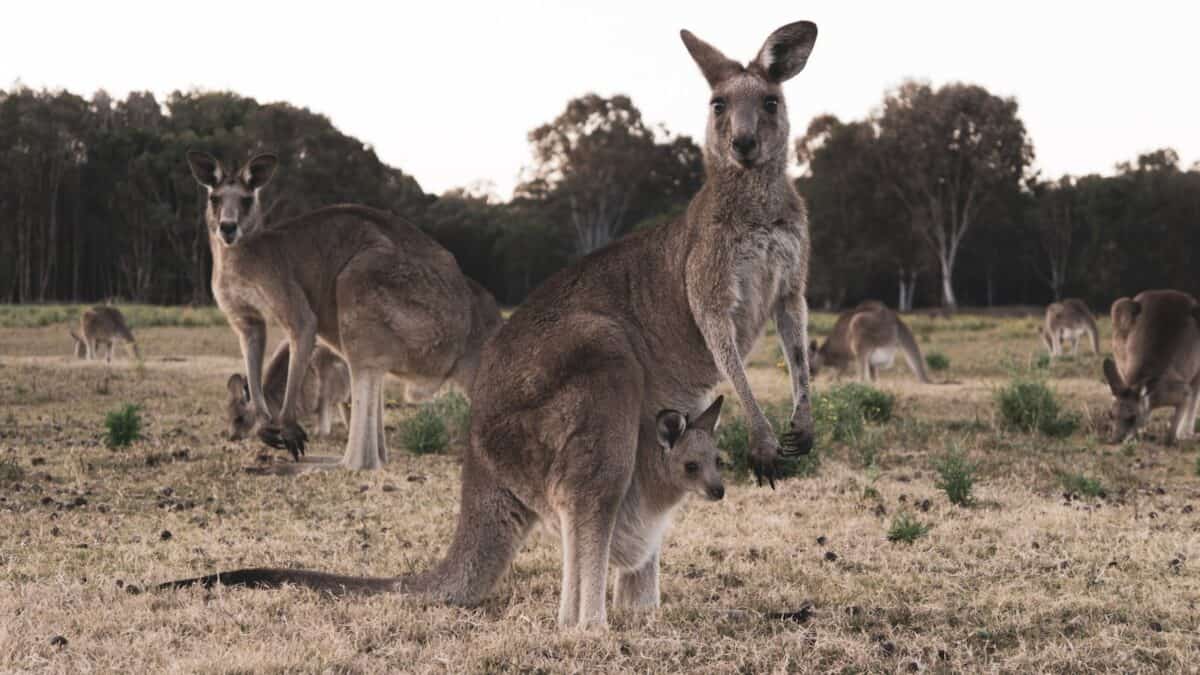
The reproductive flexibility of female kangaroos carries significant conservation implications in Australia’s changing climate. While this adaptability has historically helped kangaroos thrive through natural climate fluctuations, modern challenges like habitat fragmentation, extended droughts linked to climate change, and human-wildlife conflicts create new pressures. Some researchers suggest that species with embryonic diapause may demonstrate greater resilience to climate change impacts than mammals without this ability. However, if environmental conditions deteriorate beyond certain thresholds, even this reproductive flexibility may prove insufficient. Conservation efforts increasingly consider how these unique reproductive strategies might affect population dynamics and recovery potential when developing management plans for kangaroo species facing environmental threats.
The female kangaroo’s control over birth timing represents one of nature’s most sophisticated reproductive adaptations, perfectly tailored to Australia’s challenging environment. Through embryonic diapause, complex hormonal regulation, and environmental responsiveness, female kangaroos optimize their reproductive success while conserving valuable energy resources. This remarkable system allows for continuous reproduction despite unpredictable environmental conditions, contributing significantly to the evolutionary success of kangaroos across Australia. As we continue to unravel the complex mechanisms behind this reproductive control, we gain not only deeper appreciation for marsupial biology but also potential insights that might benefit conservation efforts and even human reproductive medicine. The female kangaroo’s reproductive system stands as a testament to the ingenuity of natural selection and the remarkable adaptations that allow species to thrive in challenging environments.
- The Coldest Town in America—And How People Survive There - August 9, 2025
- How Some Birds “Steal” Parenting Duties From Others - August 9, 2025
- 12 Deep-Sea Creatures You Won’t Believe Exist - August 9, 2025

